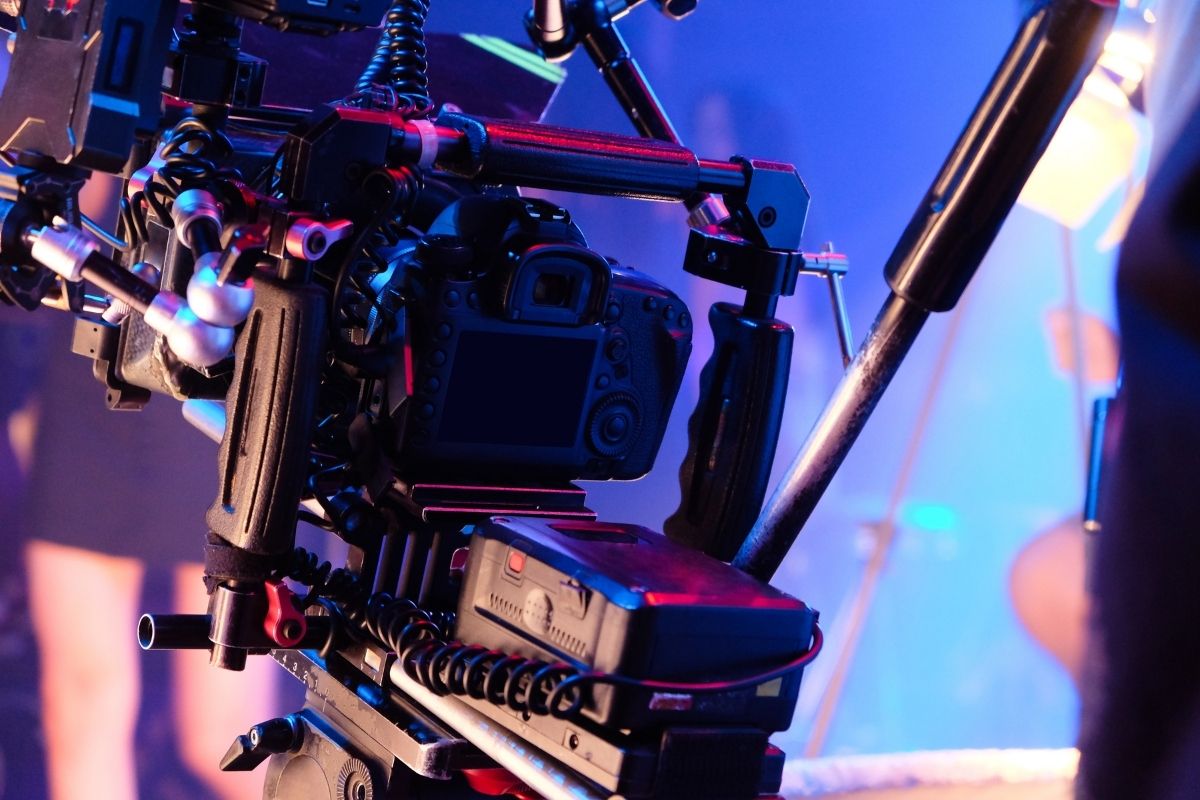Finding an Advocate: Publicists: The Press Kit
[Please embed: https://pixabay.com/photos/camera-aperture-digital-camera-dslr-1239384/]
“Before you get someone to watch your movie, you’ll need to get their attention,” says Eugene Hernandez. “But everybody’s got so much coming at them on a given day, and you’re trying to get their attention for even 20 seconds.”
That’s why, Eugene explains, you should put a lot of thought into your press kit. “Because that’s how people are going to remember your film, both before and after they see it,” adds Eugene. “It’s really important to — for lack of a better word — kind of agonize over it. Ask, ‘Does this image represent the film? Is this the image we want other people to remember when they think of our film?”
Eugene also advises filmmakers to take pictures while still on set. Many professionals agree. Eugene has been on and moderated many film festival panels over the past 25 years. “The most common piece of advice is to take good pictures on your set,” he points out. “It sounds logical when you’re not making the movie, but when you are, it’s the easiest thing to forget.”
Think ahead to when your film goes to festivals or distribution. When a company wants to buy your film, they’ll ask for photos. If you don’t have those photos, you can’t recreate your set and costumes from four years ago. As you film, make sure you capture the images that will represent your film in the future.
Some marketing and distribution panels recommend spending money on this process. “Hire a photographer,” says Eugene, “or if you have a friend who’s really good at that, invite them to your set. Have them take pictures while you’re shooting or rehearsing.” Eugene recommends taking some posed photos of the cast, too.
You may not use these photos for years, but they matter. “Those are the images that will fuel the materials you create,” advises Eugene. “Those are the images that you’re going to hand someone on your postcard three years later at a film festival. It’s essential.”


